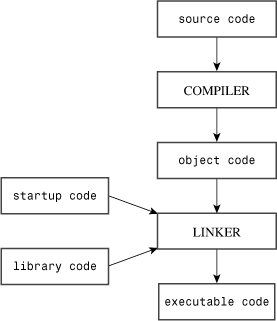This Book and C++ Standards
Contemporary compilers provide good support for C++98. Some compilers at the time of this writing also support some C++11 features, and we can expect the level of support to increase quickly now that the new standard is adopted. This book reflects the current situation, covering C++98 pretty thoroughly and introducing several C++11 features. Some of these features are integrated with the coverage of related C++98 topics. Chapter 18, , “Visiting with the New C++ Standard,” concentrates on the new features, summarizing the ones mentioned earlier in the book and presenting additional features.
With the incomplete support available at the time of this writing, it would be very difficult to cover adequately all the new C++11 features. But even when the new standard is completely supported, it’s clear that comprehensive coverage would be beyond the scope of any reasonably sized single volume book. This book takes the approach of concentrating on features that are already available on some compilers and briefly summarizing many of the other features.
Before getting to the C++ language proper, let’s cover some of the groundwork related to creating programs.
The Mechanics of Creating a Program
Suppose you’ve written a C++ program. How do you get it running? The exact steps depend on your computer environment and the particular C++ compiler you use, but they should resemble the following steps (see Figure 1.3):
1. Use a text editor of some sort to write the program and save it in a file. This file constitutes the source code for your program.
2. Compile the source code. This means running a program that translates the source code to the internal language, called machine language, used by the host computer. The file containing the translated program is the object code for your program.
3. Link the object code with additional code. For example, C++ programs normally use libraries. A C++ library contains object code for a collection of computer routines, called functions, to perform tasks such as displaying information onscreen or calculating the square root of a number. Linking combines your object code with object code for the functions you use and with some standard startup code to produce a runtime version of your program. The file containing this final product is called the executable code.
Figure 1.3. Programming steps.

You will encounter the term source code throughout this book, so be sure to file it away in your personal random-access memory.
Most of the programs in this book are generic and should run in any system that supports C++98. However, some, particularly those in Chapter 18, do require some C++11 support. At the time of this writing, some compilers require additional flags to activate their partial C++11 support. For instance, g++, beginning with version 4.3, currently uses the –std=c++0x flag when compiling a source code file:
g++ –std=c++0x use_auto.cpp
The steps for putting together a program may vary. Let’s look a little further at these steps.
